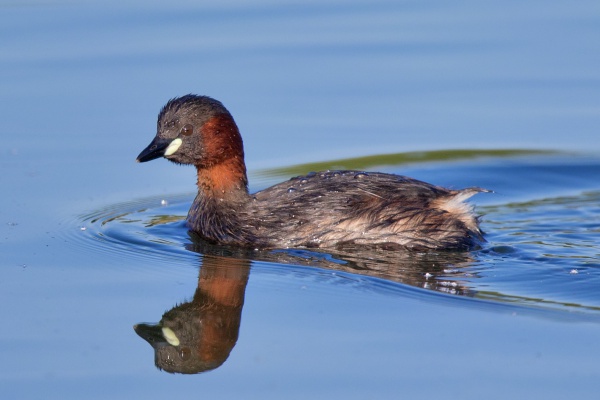Facts About Little grebe
The little grebe, also known as the dabchick, is a delightful small water bird from the grebe family. Measuring just 23 to 29 cm in length, it is the smallest member of the grebe family in Europe. Its genus name originates from Ancient Greek words meaning "fast" and "to sink under" while its species name is derived from Latin words translating to "red" and "necked."
You can observe little grebes in open bodies of water across Europe, Asia, and Africa. These birds were first described by Peter Simon Pallas in 1764. There are six recognized subspecies of the little grebe, which vary in size and coloration. Their appearance changes with the seasons, exhibiting a rufous neck and bright yellow gape during the summer.
Little grebes breed in colonies around freshwater lakes and migrate to more open waters or coastal areas in the winter. They are migratory in regions where water bodies freeze. These birds are excellent swimmers and divers, feeding on fish and aquatic invertebrates. They construct their nests at the water's edge and lay between four to seven eggs. To protect the eggs from predators, the adults cover them with vegetation. The young are capable of swimming shortly after hatching and are often seen riding on their parents' backs.

 Turkey
Turkey